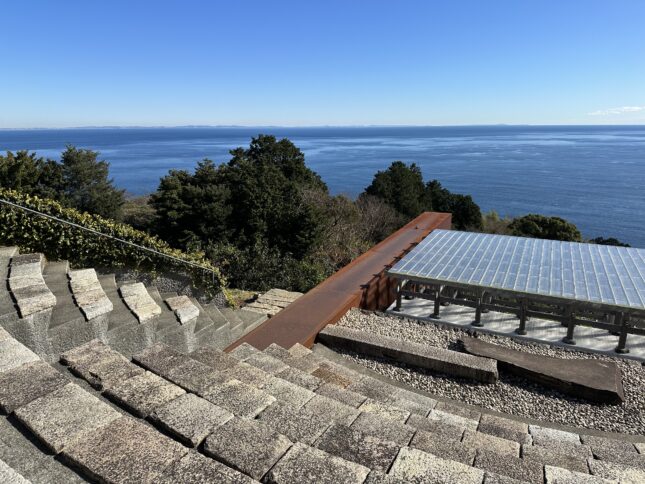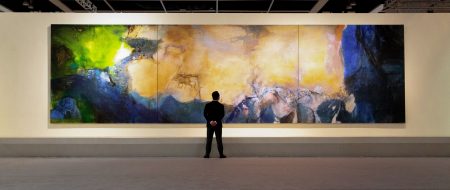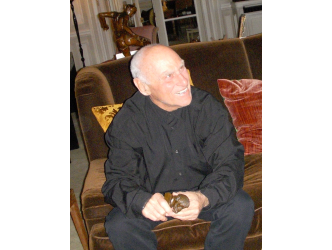Enoura Observatory
Odawarra, in the province of Kanagawa, is a coastal town 73 kilometres from Tokyo. It is here that the artist Hiroshi Sugimoto (born in 1948), who lives in New York, decided to open a foundation in 2017. Overlooking the sea, flanked by a steep hill, it was conceived as an homage to the sun, designed to observe eclipses and solstices but not only that…
Stones
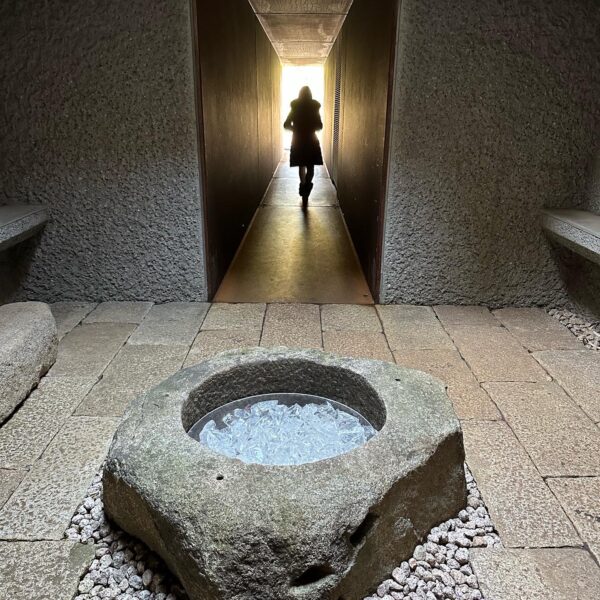
The layout also features a Shinto shrine, a tea house, an exhibition space for the collection of fossils belonging to Sugimoto, reception buildings designed by the architecture firm founded by Sugimoto himself, lots of monumental ancient stones from his collection, a pagoda, orange trees and a bamboo forest. Or how an artist famous for his photos decided to display hardly any of them (See here an other report of Sugimoto while he was in Versailles).
Final stage of my work
“The foundation represents the final stage of my work, a fantasy. It’s a total work of art that references my architectural practice and my collections,” says the artist with a big smile, before adding provocatively: “I decided to spend all the money I made from my photos on this artistic project. I sell art to make another kind of art.”
Isn’t it also a way to go down in history?
Concerning history, I have developed another concept. I’ve foreseen the future state of ruin of the foundation. I have been careful to use stone for the buildings’ foundations. And as ruins, in 4000 or 5000 years’ time, it will still look beautiful. I have a premonition that our civilization will quickly arrive at a final stage. We cannot remain in a state of permanent growth. Our resources are limited. It will all collapse.
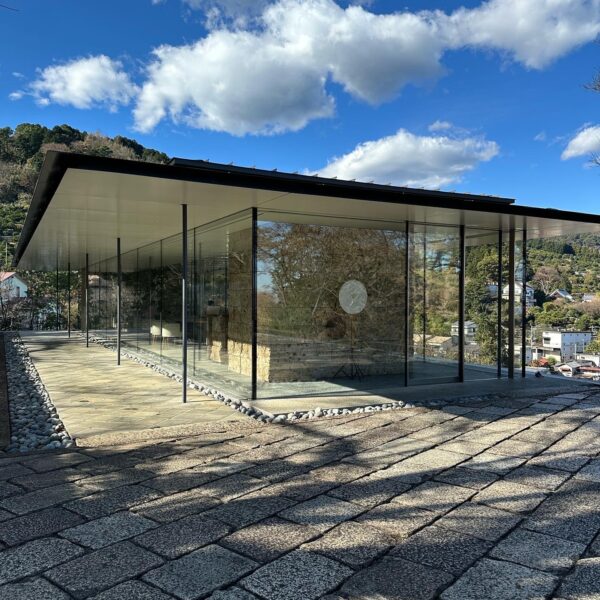
So are you seeking eternity?
For me the concept of eternity is suspicious. Everything is temporary. But when civilization as we know it has evolved it will be seen as ancient ruins.

In your photos you don’t address the subject of ruins…
But the seascapes can be considered to be ruins, what will remain in a period following civilization. I started the Seascapes series in the 1980s or even before, because I wondered what kind of landscape people from the past would have seen, from long ago. I nurture a certain fetishism for the idea of ruins.
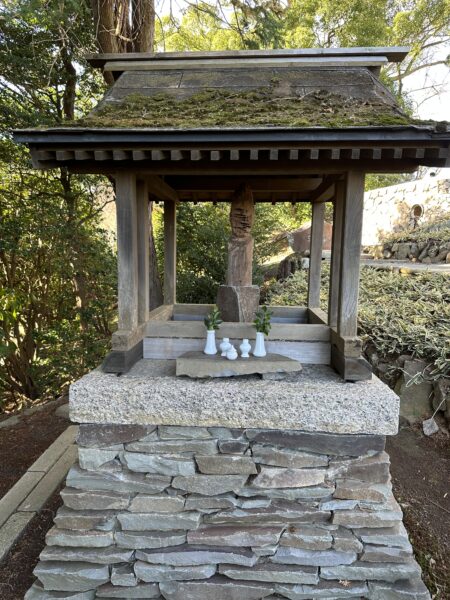
You started out as an antiques dealer before taking up photography. Is that also related to the concept of ruins?
Yes I worked with ruins, fragments of history and pieces from the Jomon period (ed. from 13,000 to 400 BC when Japan was populated by hunter-gatherers). I touched the objects. I felt them and I started to feel what the Jomon people felt. The Japanese spirit is so different. During the Jomon period the Japanese cultivated a very unique sentiment with regards to nature. And the Japanese still live within this sentiment, while being unaware of it.
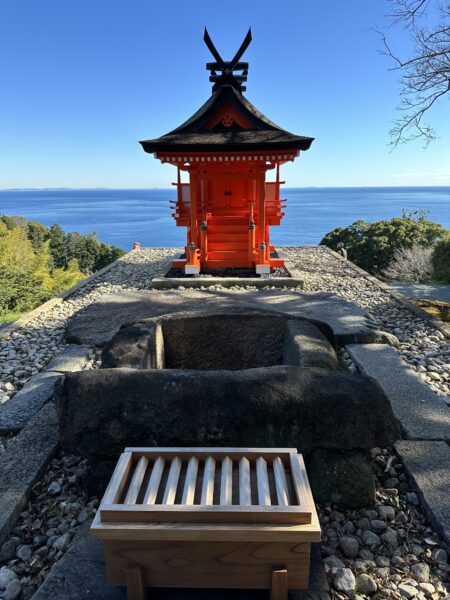
Despite your attachment to Japanese culture you nevertheless decided to go and live in the USA.
I was 22 years old. At the time I was not really aware of my identity; I became aware of it while living in New York. In California I started to study Marxist economy. At the time, Buddhism, Zen, was all the rage there. In Japan I studied western philosophy.
Do you feel like a foreigner everywhere?
Yes, come to think of it I always feel like a foreigner, in both countries. When I arrived in New York in 1974 I saw an exhibition by Donald Judd and another by Dan Flavin. I was fascinated: “does that really exist? I should join this circle.” Since then I have lived in New York.
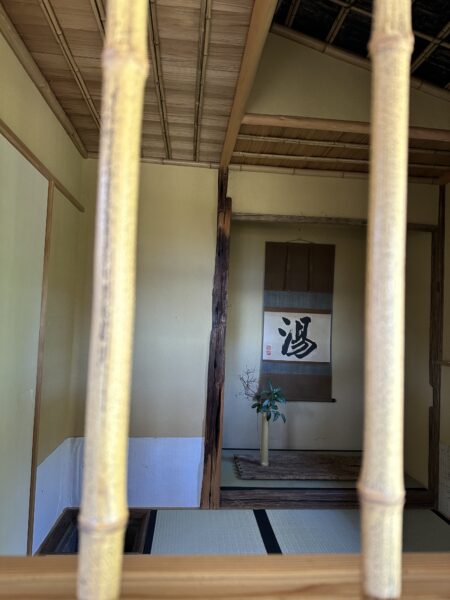
Returning to the foundation, is it an homage to the sun?
Absolutely. Almost all the ancient civilizations worshipped the sun: the Egyptians, the Incas… I thought about the beginning of consciousness in humankind, what sets us apart from other animals. I wanted to feel what the first humans felt. The first structure I built concerns the worship of the winter solstice to enable people to experience the day with the least amount of sunlight of the year.
Did the Naoshima project have an influence on the Odawarra art foundation?
At Naoshima they commissioned a Shinto shrine from me that is also linked to the Jomon mentality and which also endures in the Japanese spirit of the 21st century.

The moon is also important in Japanese culture, the basis of the traditional Japanese calendar…
Once a month we have a meeting to look at the moon. The moon is the source of the first Japanese poetry. The moon was the TV of ancient times.
Why did you install a Shinto shrine at Odawara?
I had the spirit transported from a very old Shinto shrine from Nara. It is an unusual request from an artist. But since I am taking up so much space on this site I needed to include a shrine to respect the local spirits.
The idea of spirits is fundamental to you isn’t it?
The spirit is also important for western artists, Leonardo da Vinci or Van Gogh have their own spirit. The artistic spirit is very different to the religious spirit. I cannot describe the spirit of my art.

Let’s talk about your tea room.
A tea room is meant to capture the spirit of tea. It’s a sort of performance too: the way you move your hand to prepare the tea. The bowl must be of a comparable beauty to a sculpture. You have taken care to dress in a kimono in a certain way. On the wall there is ancient calligraphy. A very simple act which can also be a very serious art form. You have invited one or two people. You make the tea and spend time together. You look at the art and you can talk about it. You spend three or four hours like this. It’s a unique way of practising hospitality.
Finally are you satisfied with the foundation?
Yes but it is not yet finished. Most likely I will be bankrupt when it is finished (laughs). Until my death I will attempt to achieve my dream.
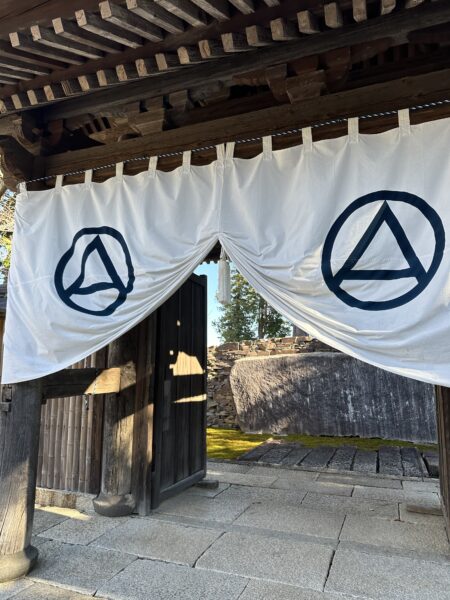
What is the next stage?
I have started a new construction that will contain a performance space and a small museum. Its architecture is meant to be an architectural challenge. At my age I have become an architect.
You also have a project at the Hirshhorn museum in Washington.
Finally my project there was approved by the governmental authorities. It’s a very large sculpture garden designed by Gordon Bunshaft who was a friend of Nogushi. It’s been five or six years since I was asked to look at it. I wondered what the best setting would be for the beautiful sculpture collection that inhabits it. I suggested structures made from piles of stones like the Japanese palaces from the 16th century.
What is your next dream?
It is to die while I am dreaming without knowing that I am dying. I am very happy that the foundation has taken shape. At the end of my life I am so busy. So many exhibitions and this foundation… I often say that I have so many things to do that I don’t have time to die.
Donating=Supporting

Support independent news on art.
Your contribution : Make a monthly commitment to support JB Reports or a one off contribution as and when you feel like it. Choose the option that suits you best.
Need to cancel a recurring donation? Please go here.
The donation is considered to be a subscription for a fee set by the donor and for a duration also set by the donor.

